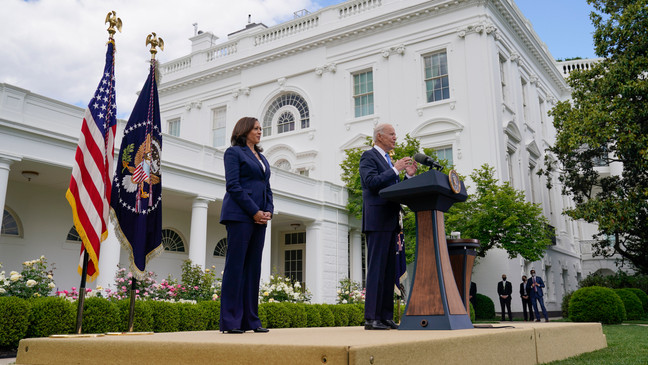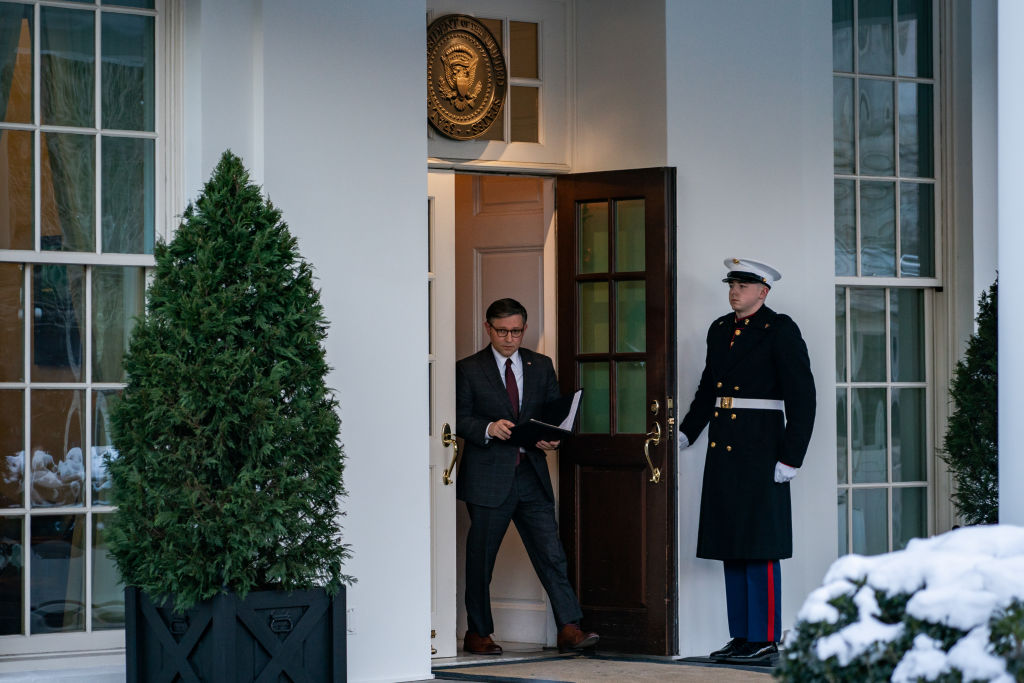```html
White House Immigration Plans: A Comprehensive Overview
Immigration policy remains a persistently complex and politically charged issue within the United States. Presidential administrations often develop and implement specific plans designed to address various aspects of legal and illegal immigration, border security, and the integration of immigrants into American society. These plans, typically formulated by the White House in collaboration with relevant government agencies, reflect the administration's priorities and strategies for managing immigration-related challenges.
Understanding the nuances of any White House immigration plan necessitates a careful examination of its key components, objectives, and potential impact on various stakeholders. This article aims to provide a comprehensive overview of the considerations and challenges that shape these plans, offering insights into their scope and potential consequences.
Enhancing Border Security and Enforcement
A primary focus of most White House immigration plans is the enhancement of border security. This often involves a multi-pronged approach encompassing physical infrastructure, technological advancements, and increased personnel deployment. Physical infrastructure may include the construction or reinforcement of border barriers, such as fences and walls, intended to deter illegal crossings. The rationale behind these measures is to create a more formidable obstacle for individuals attempting to enter the United States without authorization.
Technological advancements play a crucial role in modern border security strategies. Surveillance technologies, such as drones, sensors, and advanced imaging systems, are deployed to detect and monitor illegal border crossings. These technologies provide real-time data and situational awareness to law enforcement officials, enabling them to respond more effectively to potential threats and illegal activities. Data analytics and artificial intelligence are also increasingly used to identify patterns and trends in border crossings, allowing for more targeted enforcement efforts.
Increased personnel deployment is another essential component of border security enhancement. This involves assigning additional border patrol agents and support staff to strategic locations along the border to deter illegal crossings and apprehend individuals who have entered the country unlawfully. The deployment of National Guard troops can also supplement border patrol efforts, providing logistical support and assisting with surveillance operations. The effectiveness of these measures often depends on factors such as adequate staffing levels, training, and coordination between different agencies.
Enforcement efforts within the interior of the country are also a significant aspect of immigration plans. These efforts often target individuals who have overstayed their visas or otherwise violated immigration laws. Enforcement actions may include deportations, fines, and other penalties. The focus of these enforcement actions can vary depending on the administration's priorities, with some administrations prioritizing the deportation of individuals with criminal records and others focusing on a broader range of immigration violations.
The economic implications of enhanced border security and enforcement are also a key consideration. Increased spending on border infrastructure, technology, and personnel can strain government resources. Furthermore, stricter enforcement measures can impact the availability of labor in certain industries, particularly those that rely on immigrant workers. The potential costs and benefits of these measures must be carefully weighed to ensure that they are both effective and economically sustainable.
Reforming the Legal Immigration System
White House immigration plans frequently address the need for reforming the legal immigration system. The legal immigration system in the United States is complex and often criticized for its backlogs, inefficiencies, and limitations. Reform proposals typically aim to streamline the process, reduce waiting times, and better align the system with the country's economic needs. One of the key areas of focus is the allocation of visas, both for employment-based and family-based immigration.
Employment-based immigration is designed to attract skilled workers and professionals to the United States. The current system relies on a complex set of visa categories, each with its own eligibility requirements and quotas. Reform proposals often seek to simplify these categories, increase the number of available visas, and prioritize individuals with skills and qualifications that are in high demand. The goal is to ensure that the United States can attract and retain the talent it needs to compete in the global economy. Proposals sometimes consider a points-based system, favoring applicants based on education, work experience, and English proficiency.
Family-based immigration allows U.S. citizens and lawful permanent residents to sponsor their relatives for immigration. The current system prioritizes immediate relatives, such as spouses and children, but also includes other family members, such as siblings and parents. Reform proposals often seek to limit the categories of family members who can be sponsored or to impose stricter eligibility requirements. The rationale behind these proposals is to reduce backlogs and prioritize nuclear family members. These proposals often face significant opposition from immigrant advocacy groups, who argue that they would harm families and undermine the principles of family reunification.
Another important aspect of legal immigration reform is the temporary worker visa program. This program allows employers to hire foreign workers on a temporary basis to fill jobs that cannot be filled by U.S. workers. Reform proposals often seek to strengthen the program's requirements to ensure that it does not displace American workers or depress wages. This may include measures such as increasing wage requirements, strengthening enforcement of labor laws, and providing greater transparency in the hiring process. The debate surrounding temporary worker visas often involves balancing the needs of employers with the protection of American workers.
The economic impact of legal immigration reform is a significant consideration. A well-designed reform can boost economic growth by attracting skilled workers, increasing innovation, and filling labor shortages. However, poorly designed reforms can have negative consequences, such as depressing wages for American workers or creating new backlogs in the system. The potential costs and benefits of these reforms must be carefully weighed to ensure that they are economically sound and beneficial to the country as a whole.
Addressing the Status of Undocumented Immigrants
Addressing the status of undocumented immigrants is a complex and politically sensitive issue that is often a central focus of White House immigration plans. The United States has a large population of undocumented immigrants, estimated to be in the millions, who have lived in the country for many years. These individuals often work in essential industries, contribute to the economy, and have strong ties to their communities. However, their undocumented status creates legal and social challenges, as they lack access to certain rights and benefits and are vulnerable to deportation.
One approach to addressing the status of undocumented immigrants is through a pathway to citizenship. This would allow eligible individuals to apply for legal status and eventually become U.S. citizens, provided they meet certain requirements, such as passing a background check, paying taxes, and demonstrating English proficiency. Proponents of a pathway to citizenship argue that it is a fair and pragmatic solution that would bring undocumented immigrants out of the shadows, boost the economy, and promote social integration. However, opponents argue that it would reward illegal behavior and encourage future illegal immigration.
Another approach is to provide a pathway to legal permanent residency, also known as a green card, without necessarily offering a pathway to citizenship. This would allow eligible individuals to obtain legal status and work authorization but would not give them the right to vote or hold public office. Proponents of this approach argue that it is a more measured solution that would provide stability and security for undocumented immigrants without granting them all the rights and privileges of citizenship. However, critics argue that it would create a second-class status for undocumented immigrants and perpetuate their marginalization.
Deferred action programs, such as the Deferred Action for Childhood Arrivals (DACA) program, offer temporary relief from deportation for certain groups of undocumented immigrants. DACA provides protection to individuals who were brought to the United States as children, allowing them to work and study without fear of deportation. These programs are often implemented through executive action and can be subject to legal challenges. The long-term status of DACA recipients remains uncertain, and Congress has yet to pass legislation that would provide them with a permanent legal solution.
Enforcement-only approaches, which focus on deporting undocumented immigrants without providing a pathway to legal status, are also part of the discussion. Proponents of this approach argue that it is necessary to uphold the rule of law and deter illegal immigration. However, critics argue that it is inhumane, costly, and disruptive to communities. They also argue that it can separate families and harm the economy by removing valuable workers from the labor force. The implementation of enforcement-only approaches often involves increased raids, deportations, and border security measures.
The economic and social implications of addressing the status of undocumented immigrants are significant. Providing a pathway to legal status can boost the economy by increasing tax revenues, reducing poverty, and promoting economic integration. However, it can also strain government resources and create competition for jobs. Enforcement-only approaches can reduce the undocumented population but can also harm the economy by reducing the labor supply and disrupting communities. The potential costs and benefits of these different approaches must be carefully weighed to determine the most effective and equitable solution.
```
Biden Says He S Restricting Asylum To Help Gain Control Of Border

Biden Meets Daca Recipients In Immigration Overhaul Push

White House Threatens Mass Release Of Illegal Aliens Fairus Org

What Immigration Policies To Expect From President Elect Joe Biden Garfinkel Law Firm

Trump And Republicans Biden S Border Action The New York Times

Inside Johnson S Immigration Jam

Biden Immigration Reforms May Benefit Healthcare Employers

Merit Based Immigration Necessary For Us White House

Under The Biden Adminstration Has Immigration Policy Really Changed Fay Grafton Nunez Pllc Attorneys At Law

President Trump Announces Forthcoming Executive Order Will Suspend All U S Immigration Foley Lardner Llp








